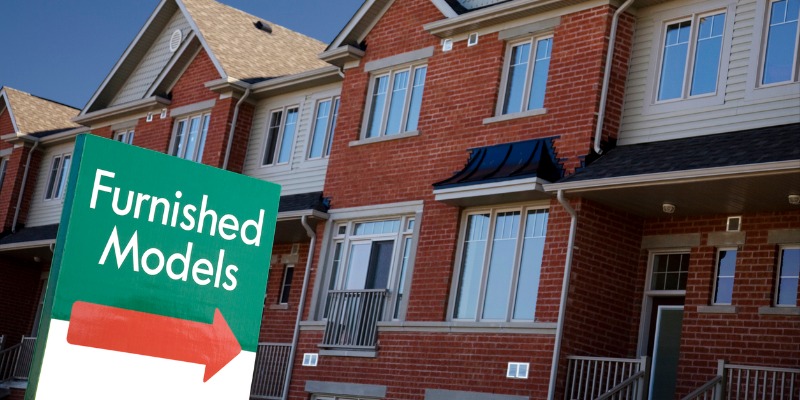Ford government thwarts development during housing crisis in the GTA

The Greater Toronto Area needs more housing. A recent Scotiabank report estimated there are 360 homes for every 1,000 GTA residents—well below the Canadian average (424 homes) and average among G7 countries (471 homes). House prices are soaring in the GTA, and low inventories mean bidding wars continue to drive up prices. According to the Toronto Regional Real Estate Board, the average detached home price in the 416 is a hair under $1.7 million, and townhouses are approaching the million dollar mark. The average condo in Toronto now goes for more than $700,000. Things aren’t much better outside the city. Yet provincial and municipal politicians don’t appear to be taking this crisis seriously.
Consider Steve Clark, Ontario’s minister of Municipal Affairs and Housing. Surely allowing construction of new housing units should be a top priority for his ministry. Indeed, the Ford government has committed (rhetorically, at least) to boosting the supply of housing. And yet, when the owners of a private golf course in Oakville decided to sell to developers who wanted to provide 3,000 housing units, the Minister Clark intervened to convince the owners not to proceed with the plan. In his view, this is a “balanced approach to addressing the housing crisis.”
To be fair to the minister, he isn’t alone. There are tradeoffs with development. More housing units can mean more noise, more traffic or temporary inconveniences such as sidewalk closures. But as the minister acknowledged in his letter, we’re in the middle of a crisis. So it’s a curious time to use the power of the state to prevent the market from providing housing over golf. There will always be reasons to oppose specific housing developments. But if we continue to let every minor nuisance prevent homes from being built, our affordability problems are just getting started.
The GTA is growing but the supply of housing in Toronto isn’t growing enough to keep up with demand. Economist Mike Moffatt estimated 100,000 fewer homes were built in Ontario over the past four years than what was needed to keep pace with the net increase in the number of households.
There’s no one single reason why the supply of new housing units isn’t keeping up with population growth. While zoning and red tape remain at the core of the problem, even when development is legally permitted, it can still be thwarted by activists. If inconvenience is the litmus test for whether development should be allowed to proceed, we’re in deep trouble.
Communities change. Those changes can take many forms. It could mean allowing gentle intensification of suburban communities or allowing even more and taller buildings. Or conversely, simply failing to build enough housing and allowing many formerly middle-class communities in the GTA to become unaffordable for young families. Preventing this outcome will require compromise and difficult choices, but people need to live somewhere, even if that means less parking or fewer tee times.
Author:
Subscribe to the Fraser Institute
Get the latest news from the Fraser Institute on the latest research studies, news and events.

